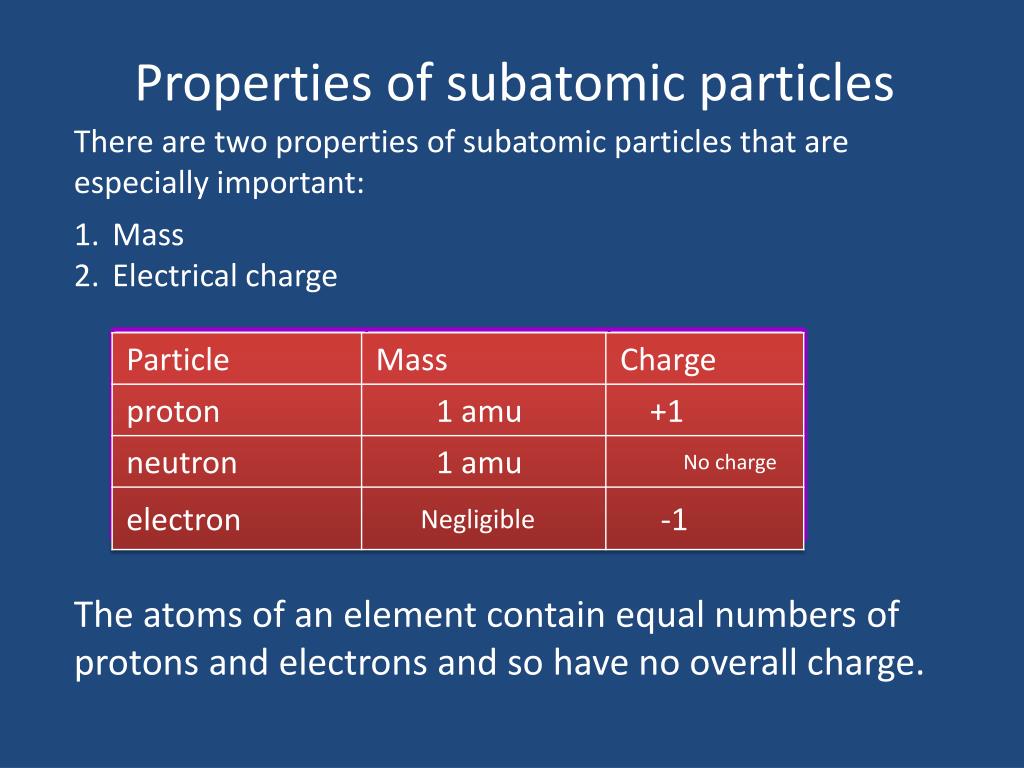

DOE Explains offers straightforward explanations of key words and concepts in fundamental science.

Ultrasensitive detectors, including some neutrino and dark matter experiments, are placed deep underground to minimize the effect of atmospheric muons.This rate of natural background radiation increases at higher elevations. Approximately one muon hits every square centimeter of the Earth every minute at sea level.This research may also provide insight into what unknown particles and forces might explain dark matter and dark energy as well as explain what happened to antimatter after the Big Bang. Theorists work with experimental scientists to develop new avenues to explore the Standard Model. This and other experiments make precision tests of the Standard Model and further improve measurements of particle properties and their interactions. This research began in the 1950s at CERN in Europe, continued at DOE’s Brookhaven National Laboratory from 1997-2001, and then moved to Fermilab in 2013. Much of DOE’s research into muons has been through different versions of the Muon g-2 experiment, which is currently at DOE’s Fermi National Accelerator Laboratory. Researchers supported by the DOE Office of Science, often in collaboration with scientists from around the world, have contributed to Nobel Prize-winning discoveries and measurements that refined the Standard Model. Five of the six types of quarks, one type of lepton, and all three neutrinos were discovered at what are now DOE national laboratories. DOE Office of Science: Contributions to the Standard Model of Particle PhysicsĭOE has a long history of supporting research into fundamental particles.

They don’t stop until they penetrate far below the surface of the Earth-potentially more than a mile. Muons created in the atmosphere constantly hit every inch of the Earth’s surface and pass through almost any substance. However, because they move at nearly the speed of light, muons travel far before decaying. Muons exist for only 2.2 microseconds before they decay into an electron and two kinds of neutrinos. The muons that hit the Earth result from particles in the Earth’s atmosphere colliding with cosmic rays-high-energy protons and atomic nuclei that move through space at just below the speed of light. Like other leptons, the muon is affected by only three of the four fundamental forces in the universe. This means they are not made of even smaller pieces of matter. Leptons are a type of fundamental particle. Muons are similar to electrons but weigh more than 207 times as much.

The muon is one of the fundamental subatomic particles, the most basic building blocks of the universe as described in the Standard Model of particle physics.


 0 kommentar(er)
0 kommentar(er)
